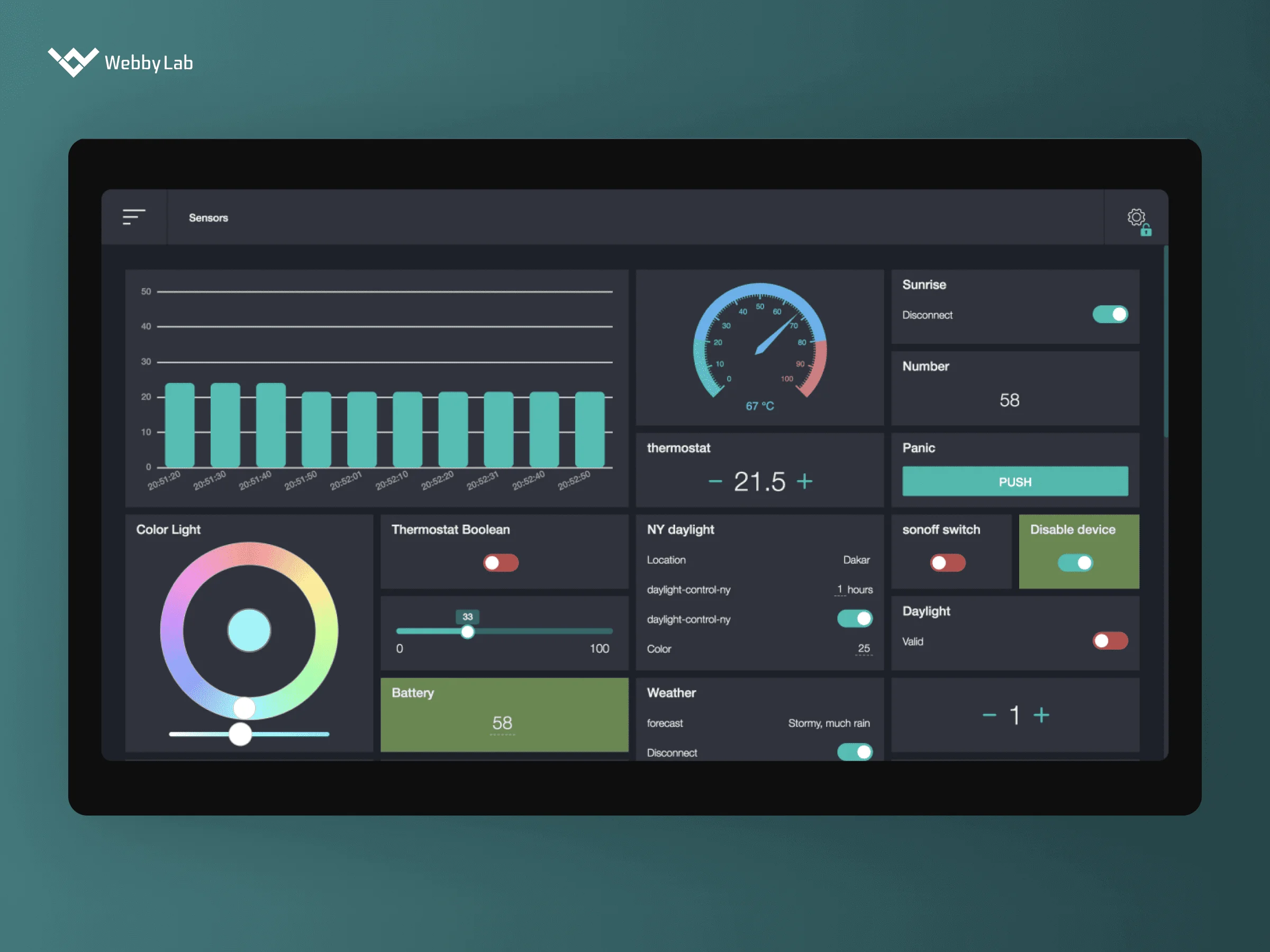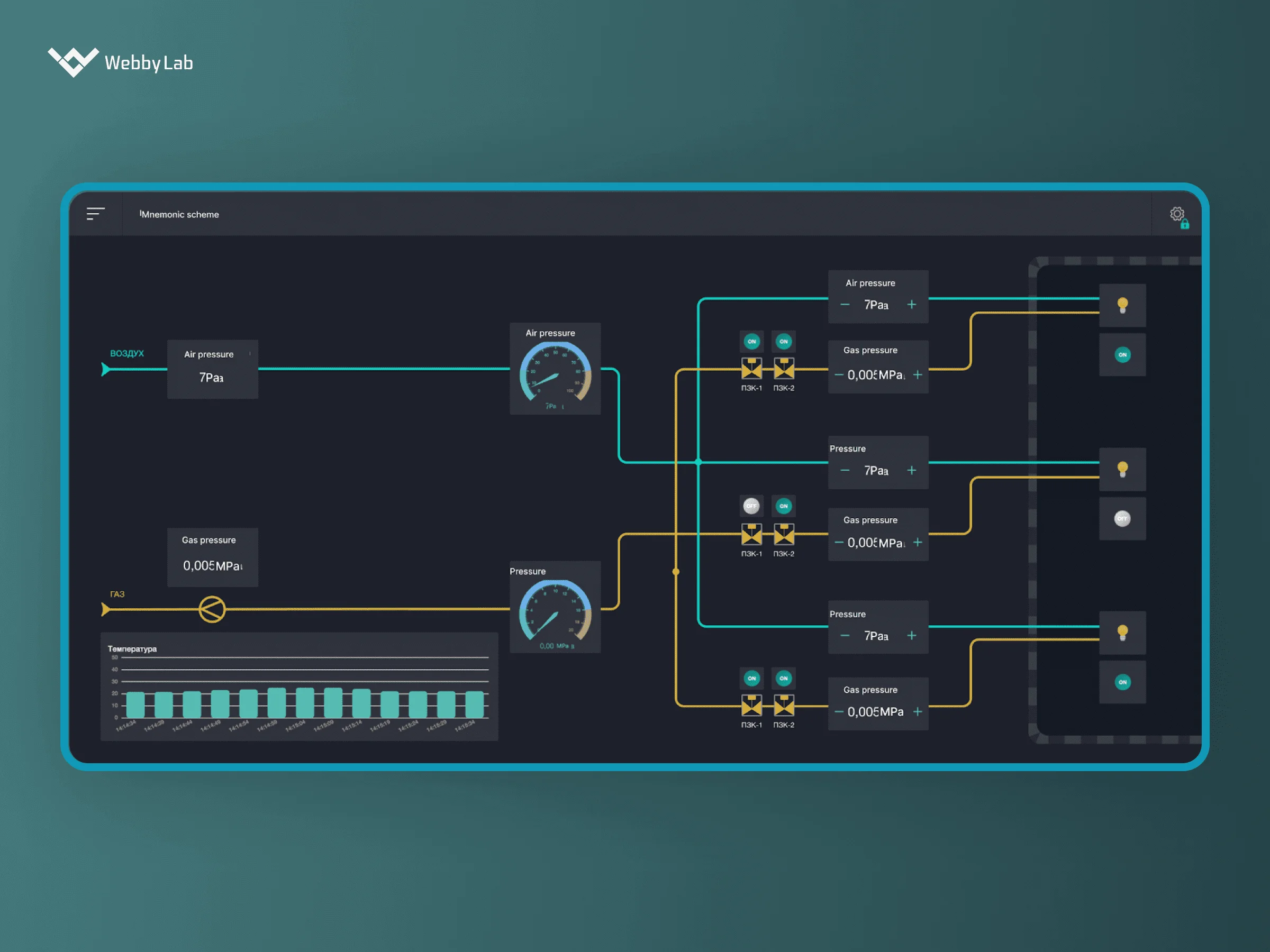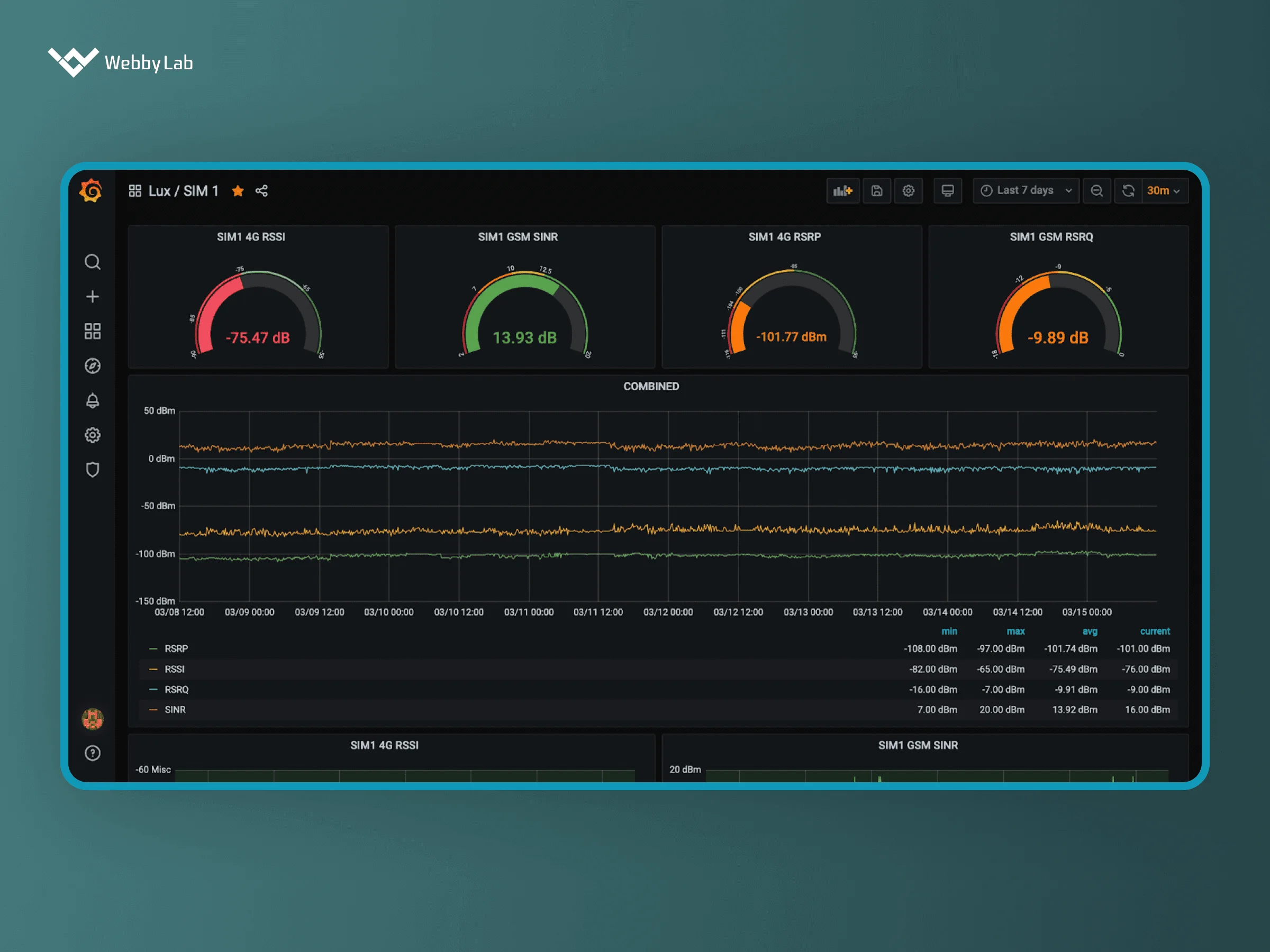Combining IoT and SCADA: Benefits, Challenges, and Process Explained
Written by:

Kostiantyn Oliynyk
Head of IoT at Webbylab
With a robust academic background in Telecommunication Systems Engineering, I apply my knowledge to lead innovations in the IoT domain. Starting as the first team member in the newly formed IoT department at WebbyLab, I've spearheaded its growth, fostering the expansion into embedded and hardware development alongside our core software projects. My dedication lies in pushing the boundaries of IoT technology, fostering a culture of innovation and excellence that profoundly impacts our clients' operational success.
Leveraging SCADA protocols in IoT lets devices seamlessly communicate with SCADA systems. Ultimately, this ensures reliable and efficient data exchange for uninterrupted industrial processes.
SCADA systems primarily focus on monitoring and controlling industrial processes. IoT, on the other hand, is responsible for connecting numerous devices, ensuring data exchange, and improving performance.
It’s hardly possible. Instead, SCADA systems and IoT are expected to work together. SCADA solutions will continue to provide the core functionality for monitoring and control, while IoT’s interconnectedness will facilitate the whole process.
SCADA systems combine hardware and software technologies like RTUs, PLCs, HMIs, communication networks, and specific data collection platforms.

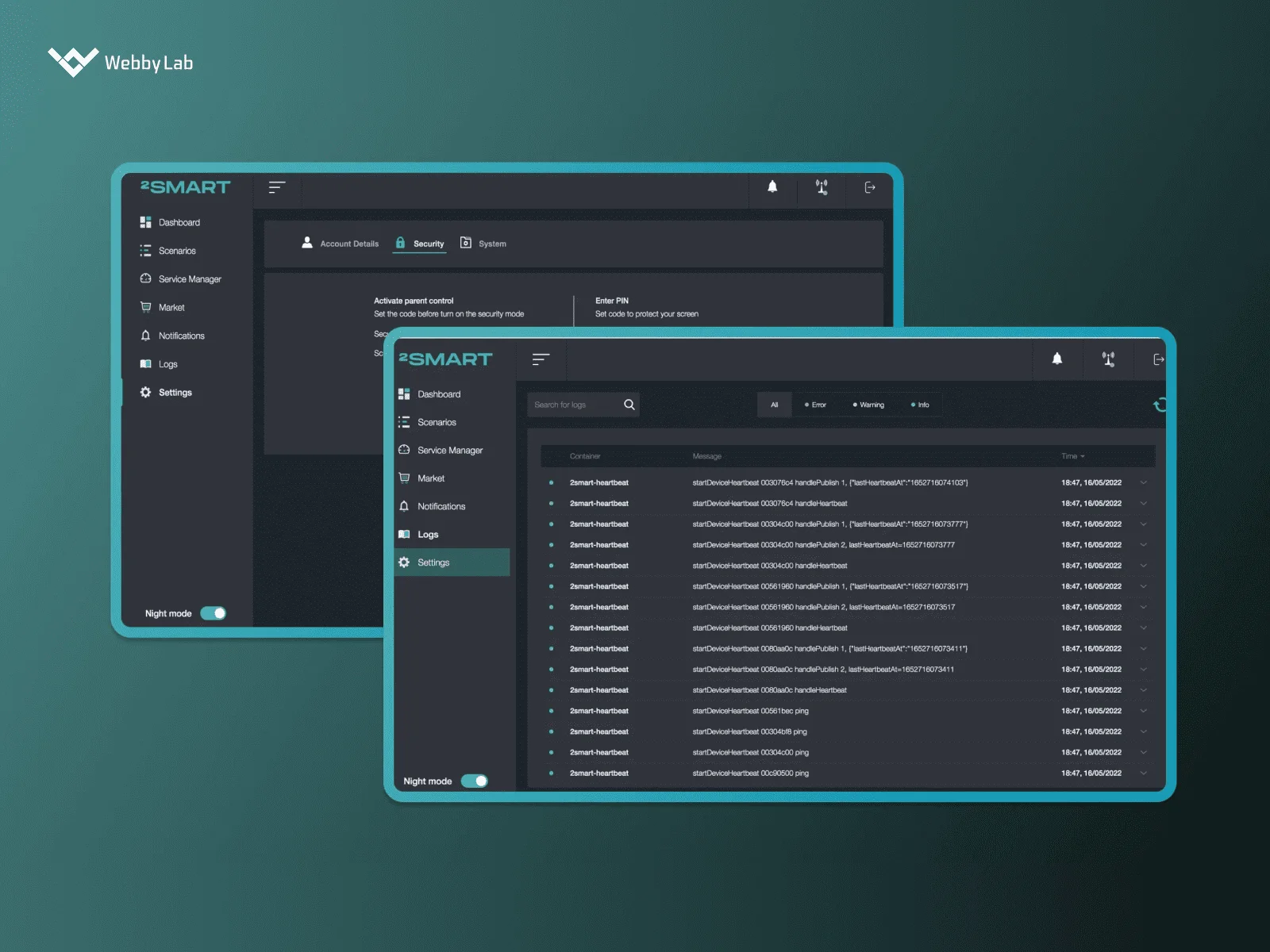
 A simple dial and control buttons for managing industrial processes
A simple dial and control buttons for managing industrial processes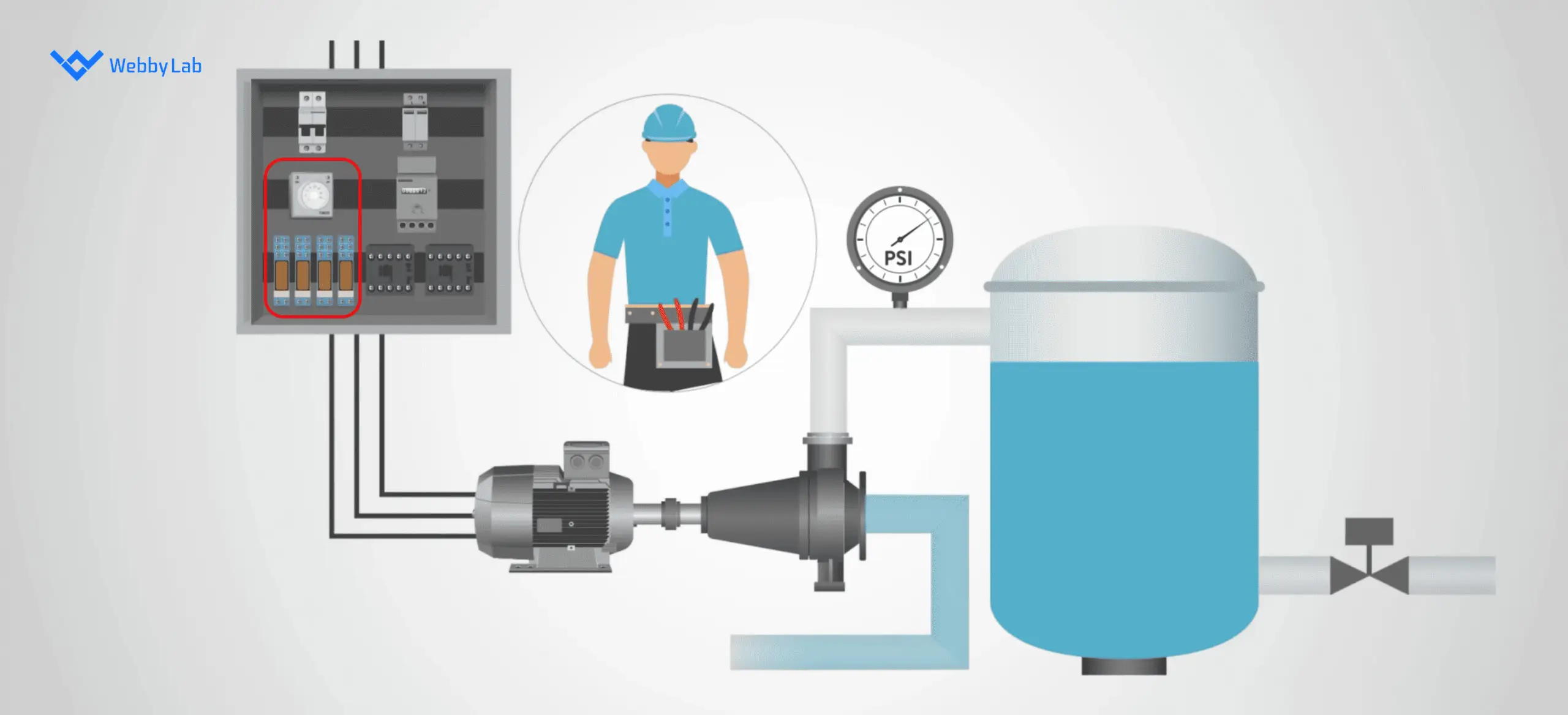 Time relays automated some tasks and reduced the need for manual intervention with the dials remaining
Time relays automated some tasks and reduced the need for manual intervention with the dials remaining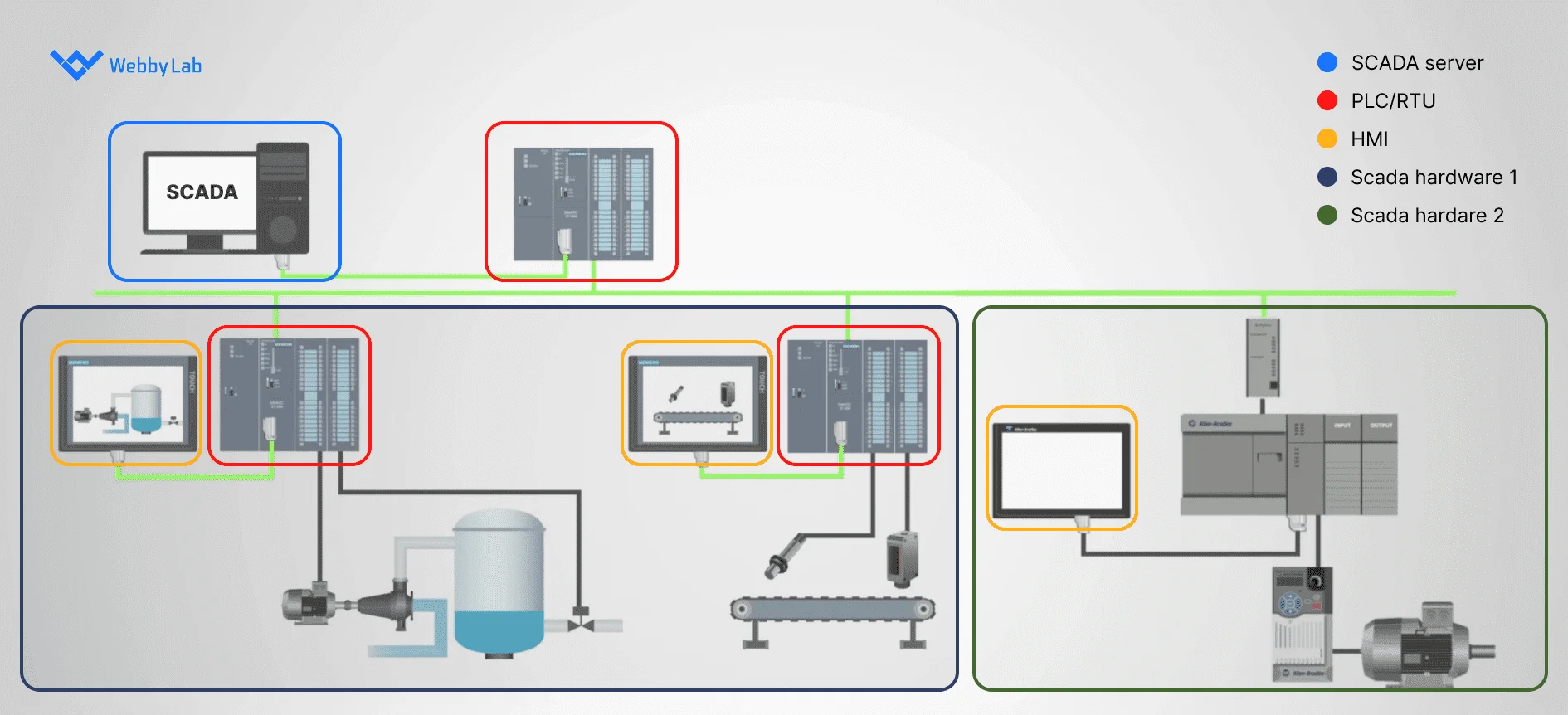 A diagram depicting a SCADA system featuring two solutions from one manufacturer and one from another
A diagram depicting a SCADA system featuring two solutions from one manufacturer and one from another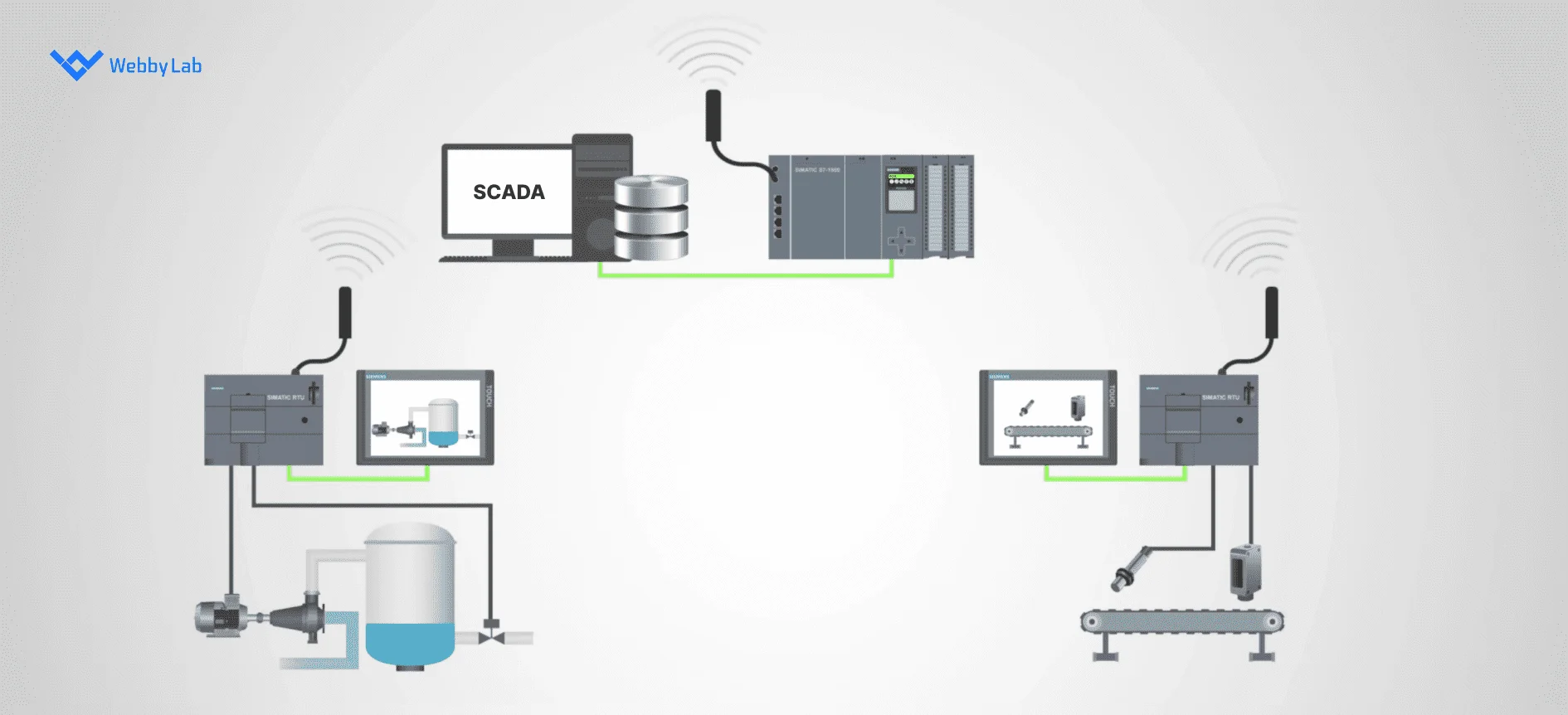 A modern SCADA system with an RTU/PLC and HMI near each equipment piece, connected wirelessly to the central RTU/PLC and the SCADA server
A modern SCADA system with an RTU/PLC and HMI near each equipment piece, connected wirelessly to the central RTU/PLC and the SCADA server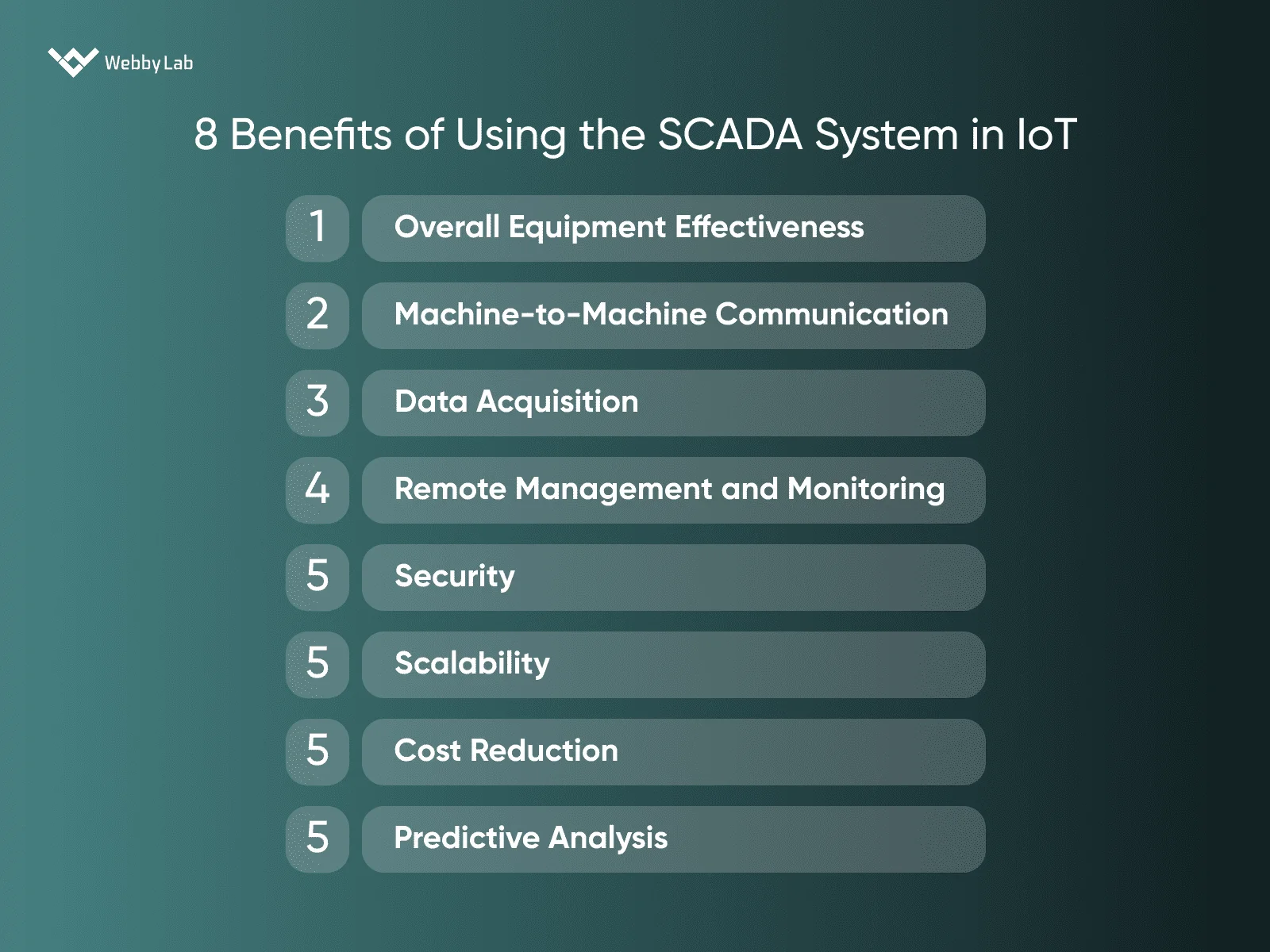
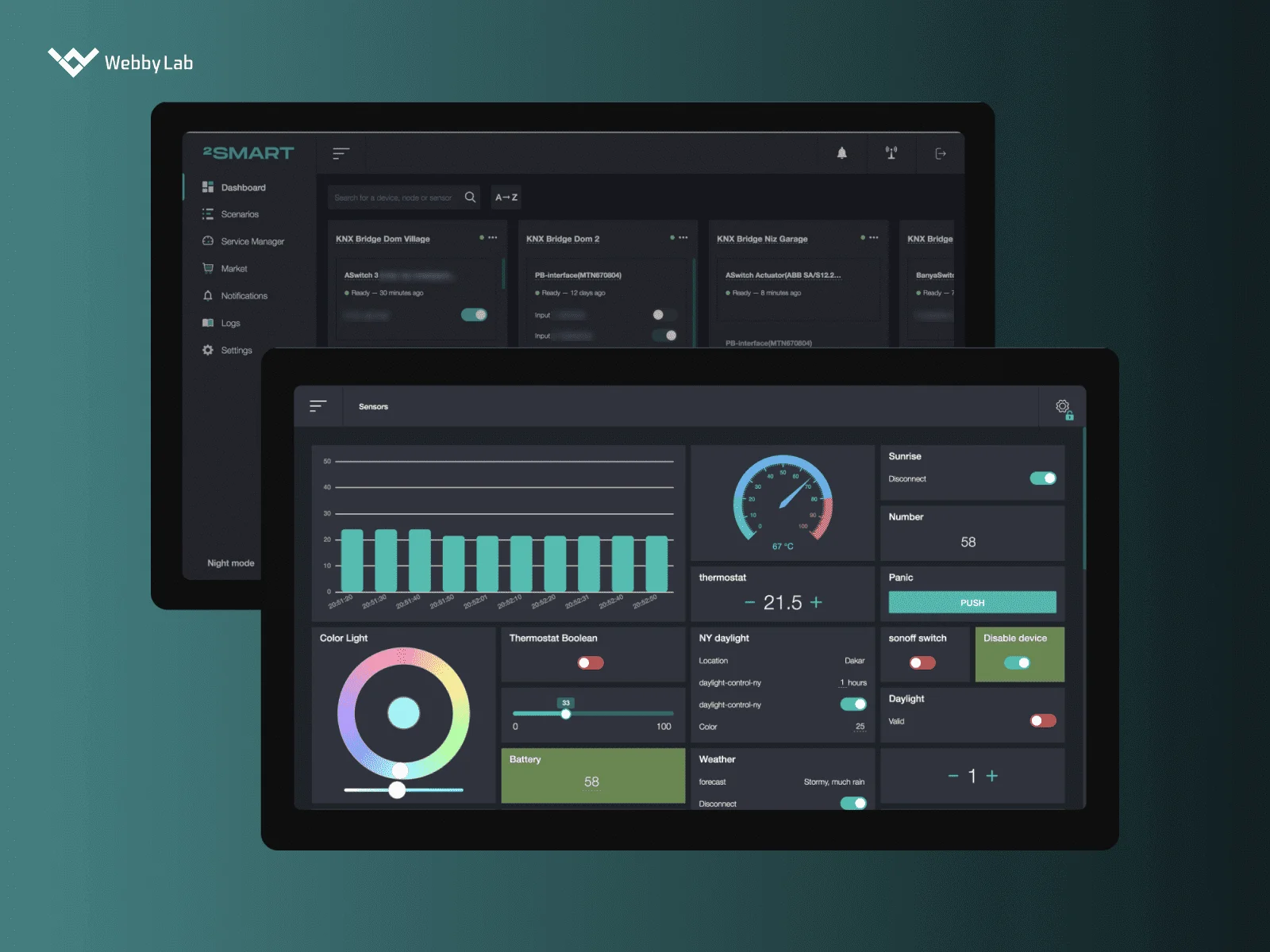
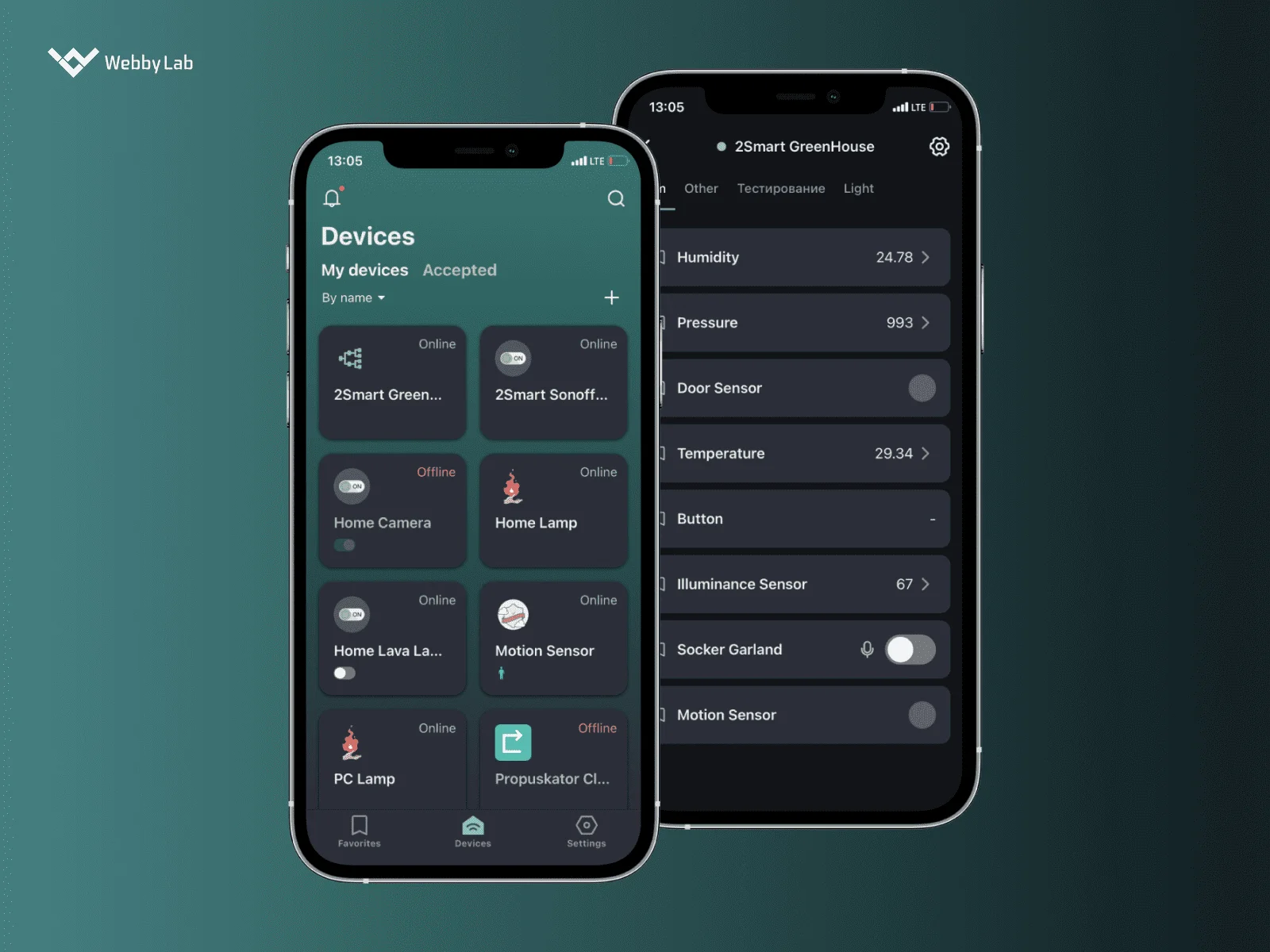
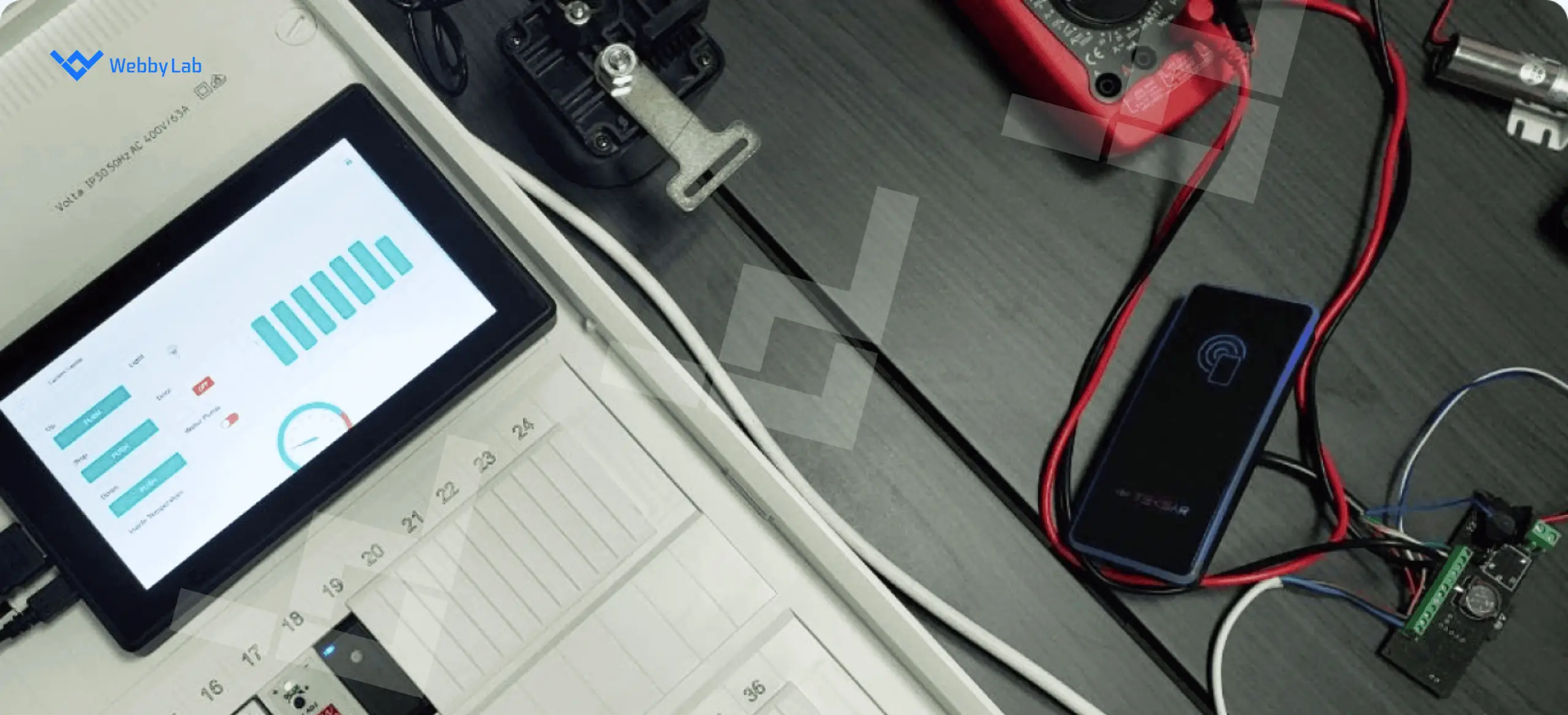
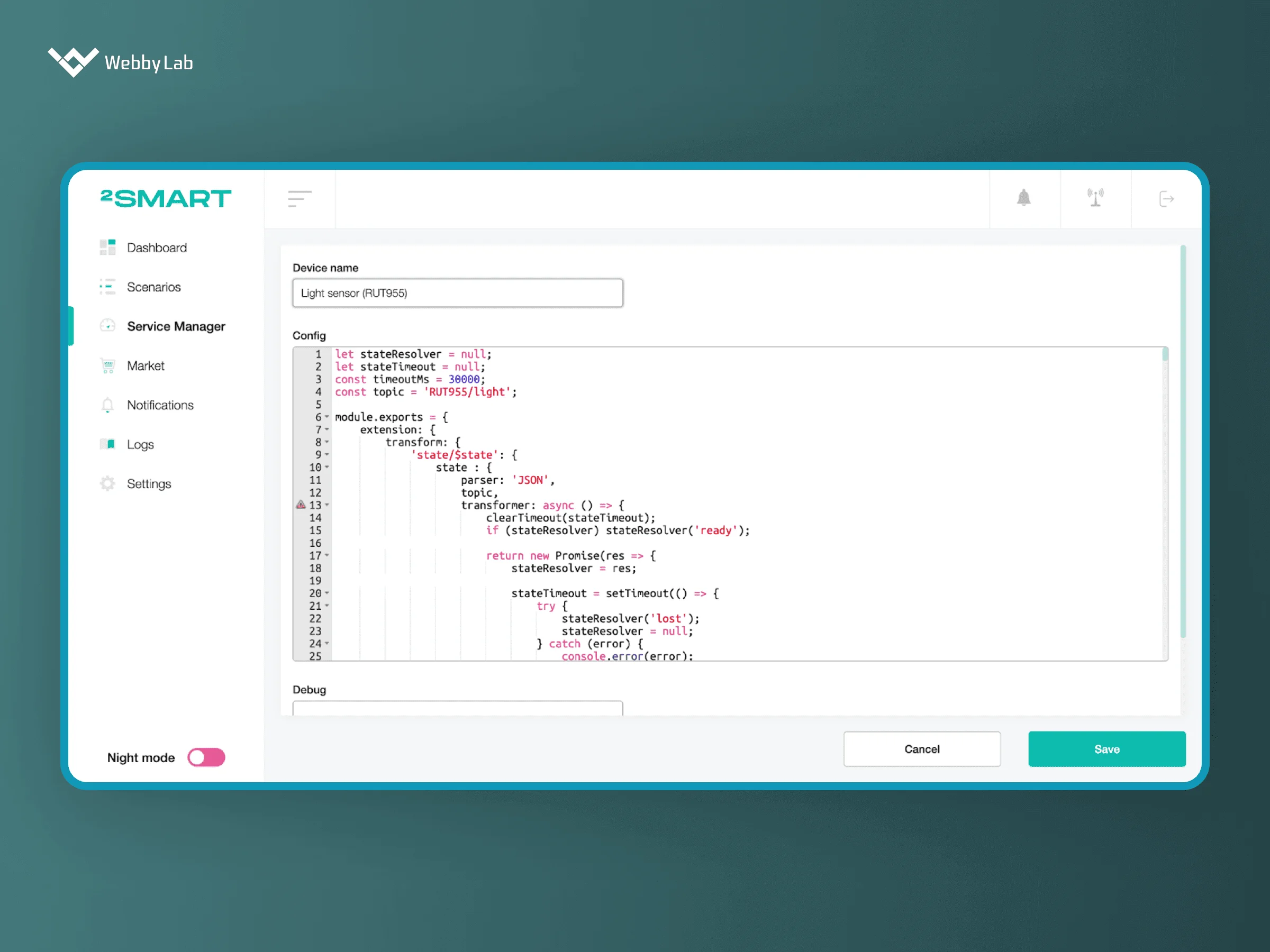
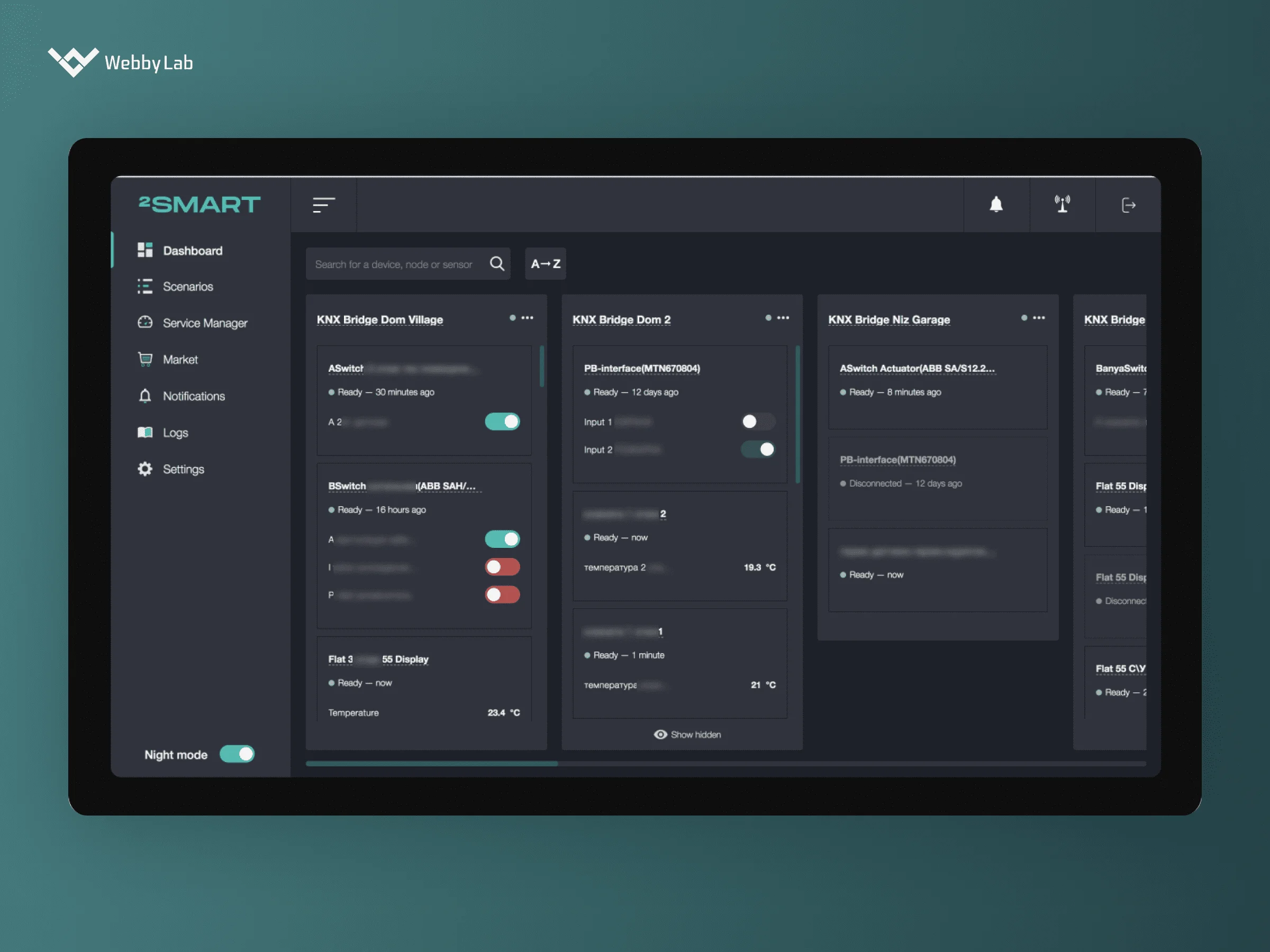 An admin panel with access to all devices monitoring and management
An admin panel with access to all devices monitoring and management